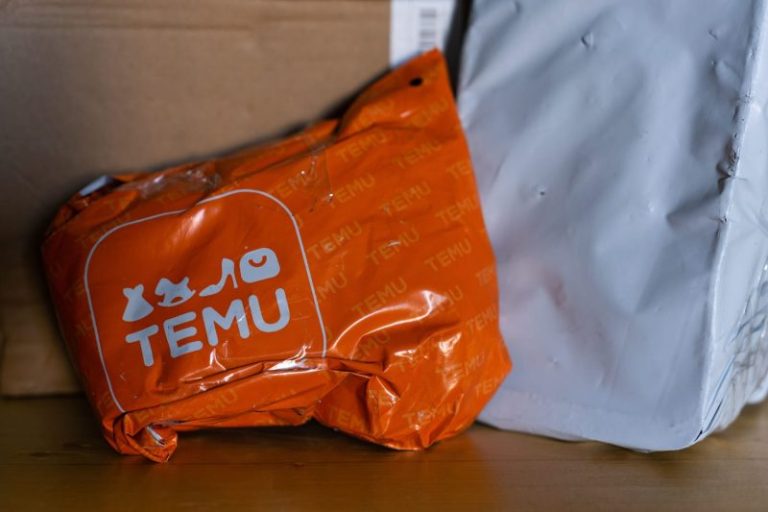Krispy Kreme stock plunged 24% on Thursday morning after the doughnut chain said it is “reassessing” its rollout with McDonald’s and pulled its full-year outlook in part due to economic “softness.”
Krispy Kreme is not planning to launch its doughnuts in any additional McDonald’s locations in the second quarter, suspending a nationwide rollout. As of March 30, more than 2,400 of the burger chain’s roughly 13,500 domestic locations carried Krispy Kreme doughnuts.
“I remain confident in the long-term national opportunity, but we need to work together with them to identify levers to improve sales,” Krispy Kreme CEO Josh Charlesworth said.
Over the last year, Krispy Kreme shares have shed more than 70% of their value, dragging the company’s market value down to less than $600 million.
Truist downgraded the stock on Thursday from buy to hold.
“We are shocked by the speed at which the story fell apart,” Truist analyst Bill Chappell wrote. ”… We no longer have high conviction in management’s previously stated strategy and execution of these initiatives, and it will likely take several quarters before we or investors can regain confidence.”
The two restaurant companies announced more than a year ago that Krispy Kreme doughnuts would be sold in all McDonald’s U.S. locations by the end of 2026. The rollout began roughly six months ago.
While the beginning phases were promising, sales fell below projections, Krispy Kreme executives said on Thursday.
As consumers worry about the broader economy and a potential recession, they have been pulling back their spending at restaurants. McDonald’s reported a 3.6% decline in its U.S. same-store sales for the first quarter. McDonald’s CEO Chris Kempczinski said that the fast-food industry’s traffic fell as middle- and low-income diners visited restaurants less frequently.
For Krispy Kreme, profitability appears to be the key reason for slowing the rollout with McDonald’s.
“However, we are seeing that after the initial marketing launch demand dropped below our expectations requiring intervention to deliver sustainable, profitable growth,” Charlesworth told analysts on the company’s conference call.
“We are partnering with McDonald’s to increase sales by stimulating higher demand and cutting costs by simplifying operations,” he added. “At the same time, we are reassessing our deployment schedule together with McDonald’s as we work to achieve a profitable business model for all parties.”
Krispy Kreme reported a net loss of $33 million for the quarter ended March 30.
To supply all of McDonald’s U.S. restaurants, Krispy Kreme was investing in expanding capacity quickly, which weighed on profits. In the last year, the company has reported three quarters of net losses.
The company uses a “hub and spoke” model that lets it make and distribute its treats efficiently. Production hubs, which are either stores or doughnut factories, send off freshly made doughnuts every day to retail locations such as grocery stores and gas stations. Krispy Kreme is looking to prune its unprofitable locations, which could affect up to 10% of its U.S. network.
Krispy Kreme also pulled its 2025 outlook, citing “macroeconomic softness” and uncertainty around the schedule for the McDonald’s partnership.









